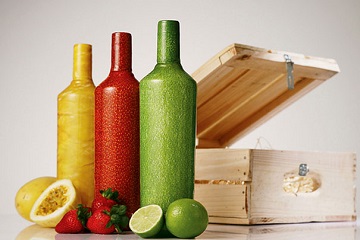IPB Developed the Packaging Design Model for Soft Drink

Industry of soft drink or ready-to-drink (RTD) had a growing potential in Indonesia. The amount of potential was due to the large population of Indonesia. Based on Central Bureau of Statistics (BPS) data in 2013, the projected number of population aged 20-29 years in 2015 were 42,258,300, and it continued to increase i.e. by 2035, it was estimated to be 46,730,600 people. This stimulated the increasing demand for the soft drinks every year. This industry had the potential to continue to grow and make the industry competition also increasingly tight with the presence of the new competitors.
Researchers from Bogor Agricultural University (IPB) conducted the research about “Pengembangan Model Desain Kemasan Minuman Ringan Berbasis Kansei Engineering / Development of Lightweight Packaging Design Model Based on Kansei Engineering”. They were Azrifirwan, Taufik Djatna, M. Syamsul Ma’arif, Mirwan Ushada, and Endang Warsiki from Department of Agricultural Industrial Technology of IPB.
“One of the efforts to keep the products attractive to consumers and to have an appeal is the packaging design innovation. The appeal of packaging design is the combination of the visual elements and the structural elements. Namely, it could affect the consumer’s expectation, perception, and preference to RTD. The characteristics of the bottle packaging design should take into account the combination of color, text, picture and also packaging form,” he said.
The combination of design would make the consumers have their own expressions to describe their desires. The problem was that the current packaging design process tended to the designer’s perceptions and intuitions, not using the measurable techniques that could know the consumer perceptions and take a long time.
“The relationship of the consumer perception with the design element is not easy to do, which requires the special understanding,” he said.
He added, it required a development of packaging design model that was able to describe the relationship between the consumer perception and the design elements. The developed model was expected to become the knowledge and as one of the methods to produce the innovative packaging design. Other than that, this model would also simplify the process to become more simple.
“The result of research has successfully developed the element design model on the tea beverage packaging that can be a reference for packaging design innovation. This research could also add value for the development of the packaging design for the industry and UMKM to create the design that attracts the attention of the consumers,” he said.(AT/Zul)



